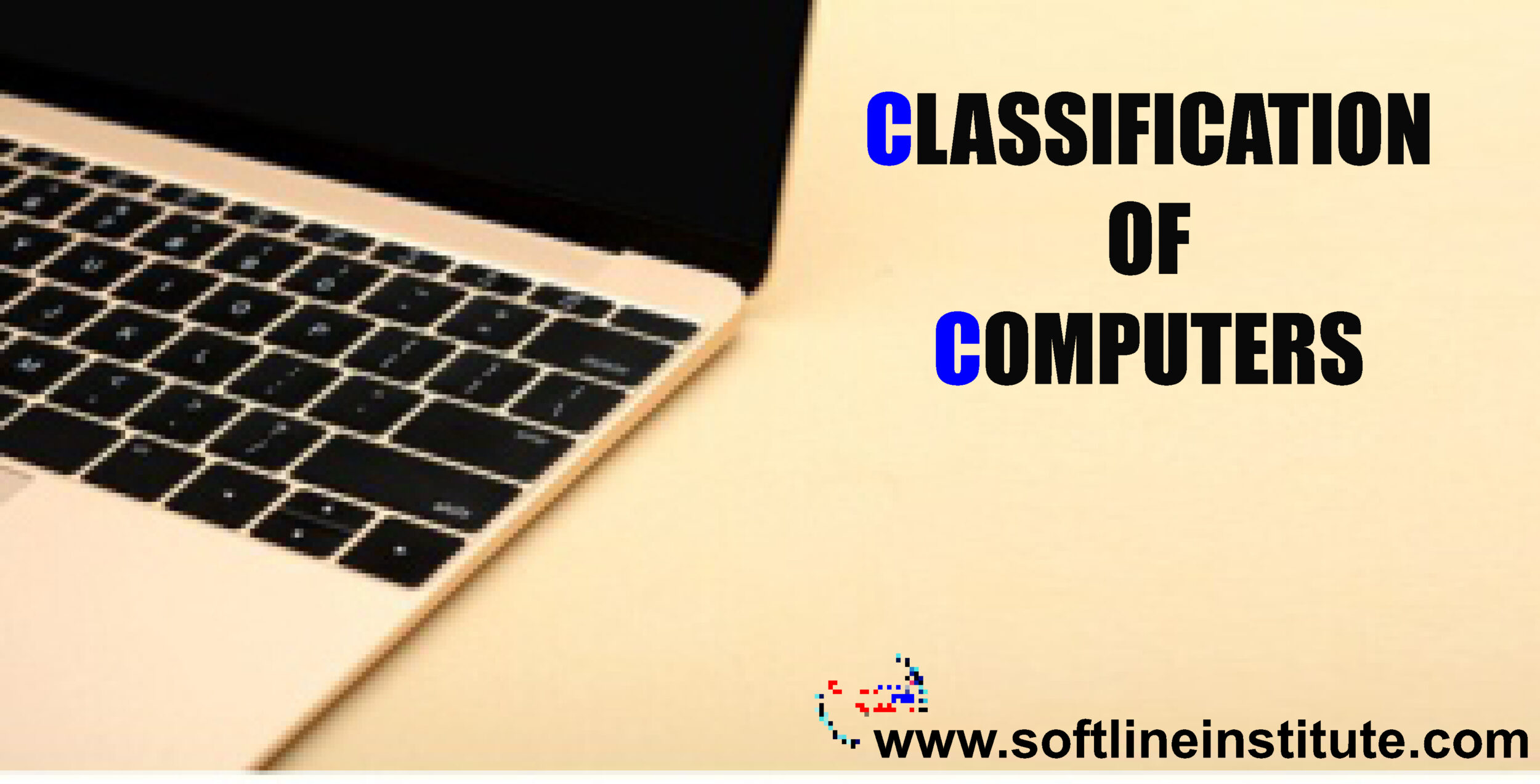Digital computer may be classified as their size, cost, and the working capacities in the following sections:
1. Home Computers
2. Personal Computers
3. Minicomputers
4. Workstations
5. Mainframe Computers
6. Supercomputers
Home Computer
A home computer primarily used for education and games. A very in expensive personal Computer, might actually be classified as a home computer. Among old models, the Apple II series and Tandy Colour computer are examples of home computers. Among the recent models, MacII and Network Computer (NC) computer considered as the Home computers.
Personal Computer
A personal computer is design for an Individual user. The personal computer is functionally identical to larger computers that serve multiple users and have greater disk storage capacities. Personal Computers are typically use for applications. Such as word-processing, spreadsheets, database management and various graphic based programs such as multimedia Desk Top Publishing (DTP). They are also use to handle traditional business applications. Such as invoicing, payroll and general ledger.
With the addition of a modem and the use of a telephone line, a personal computer becomes a terminal to the outside world, capable of retrieving information from Internet or any data bank or information service that provides public information. Most personal Computers run one program at a time, but multitasking machines which run more than one program concurrently are also possible using the Window 95 or 98 operating system.
Minicomputer
A minicomputer is a small to medium-scale Computer that is mid-range between a microcomputer and a mainframe. It can support from a handful up to several hundred user terminals. Minicomputers are intrinsically designed as multi user systems and are relatively easy to install. And operate in a multi-terminal environment. Most minicomputers are Motorola 68030 or 68040 processor or Intel Pentium P3 processor as the CPU. The memory (RAM) capacity lies in the range of 64 MB to 256 MB. The hard disk capacity lies in the range of 18 GB.
Minicomputers extensively used for payroll preparation, accounting and scientific computation. High-Performance workstations with graphics input/output capability use minicomputers. Minicomputers are also used in Universities, Industries and Research Centers.
Examples of Minicomputers are IBM AS/400, VAX 8842. VAX Computers are manufactured by Digital Data Corporation and Compaq.
Workstations
The Workstation is a powerful stand-alone computer of the sort used in Computer-Aided Design (CAD) and other applications requiring a high-end, usually expensive, machine with considerable calculating or graphics capability. Workstation is also used to refer to a minicomputer or terminal connected to a network. Machines using Intel Processor P2 at 400 MHz is one example of Workstation. It may have Windows NT 4.0 or Window 98 as the Operating System.
Characteristics of Workstations:
1. Fast Execution: The speed of operation of these machines depend on the type of processor they use. The use of Intel Pentium II has made these machines operate at the speed of 400 MHz and above.
2. Accurate: These Machines with powerful software packages such as AutoCAD 2000, CorelDRAW 9, can be used for machine drawing, and other work. These machines also helped to make the working of an accounting system fast and accurate in medium sized companies.
Mainframe Computers
Mainframe Computers are very powerful, largescale general purpose computers. heir Word length may be 48,60 or 64 bits. Memory capacity 256 to 512 M byte. Hard disk capacity 1 to 100 g byte or more. And processing speed 100 to 200 MIPS.
They are used where large amount of data are to be processed or very complex calculations are to be made. And these tasks are beyond the computing capacity of Minicomputers. They are used in research organizations, banks and airline reservations where a large sized database is required.
Examples of Mainframe Computers are: IBM 4300 series (small to medium size models), IBM 308 series (large models), the latest model IBM 3090 series (IBM 3090/600 was first installed in 1988), IBM Enterprise system/9000 series, HP 9000 Model 870S/300, etc.
Supercomputers
The processing speed of Supercomputer lies in the range 400-10000 MIPS, word length 64-96 bits. Memory capacity 1024 M byte and more. Hard disk capacity 1000 G byte and more. And Machine cycle time 2-4 nanoseconds (ns).
Supercomputers, specially design to maximize the number of Floating Point Instructions Per Seconds (FLOPS). Which is usually more than one gigaflops per second.
A Supercomputer contains a number of CPUs which operate in parallel to make it faster. They are used for massive data processing and solving very sophisticated problems. They are used for whether forecasting, weapons research and development, rocketing, aeorodynamics, seismology , atomic, nuclear and plasma physics.
Examples of Supercomputers are: PARAM developed by CDAC in Pune (India) Cray 3 (developed by Control Data Corporation), SX-2 (developed by Nippon Electric Corporation, Japan) SX-3R (25.6 GIGAFLOPS, NEC make), HITAC S-300 (32 GIGAFLOPS, Hitachi make), etc HITAC S-300 is the latest and the fastest Supercomputer.
Supercomputers have limited use and limited market because of very high price. They are being used at some research centres and government agencies involving sophisticated scientific and engineering tasks.
